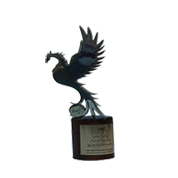
National selection of top producer of
poison and fertilizer
in Iran
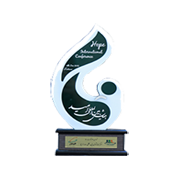
Omid International Conference
International Conferences Center
In Tehran

Omid Second International Conference
International Conferences Center
In Iran

Omid Third International Conference
International Conferences Center
In Iran

Omid Fourth International Exhibition
International Conferences Center
In Tehran
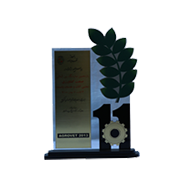
11th International Agricultural Industry
Exhibition
Machinery and related services

Second Specialized Agricultural Exhibition
The permanent location of
the Bustan fairs
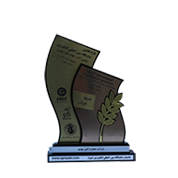
11th International Agricultural Fair
Premier Booth
In Iran

Sixth specialized exhibition
Tehran Agricultural Agencies
In Iran

National Award for Top
Manufacturing Unit
In Iran-gazvin

First place
Safir Cup Tournament
In Winter

Top Team
Ramezan Cup Tournament
TehraniMoghadam
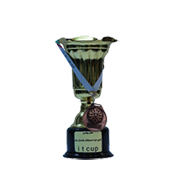
Third place
Safir First Futsal Cup Tournament
itcup

Fertilizers and Pesticides Related Information
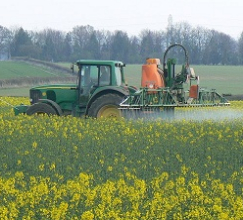
Fertilizers are compounds that are added to plants to promote growth. There are two types of fertilizers - organic and inorganic. Organic fertilizers are carbon based and are composed of organic matter like leaves, cow dung and parts of plants. Inorganic fertilizers contain simple inorganic chemicals. Some of the common nutrients present in fertilizers are nitrogen, phosphorus and potassium (NKP). They also contain secondary plant nutrients such as calcium, sulphur and magnesium. Some special fertilizers contain trace elements or micronutrients for the nutrition of plants like boron, chlorine, manganese, iron, zinc, copper and molybdenum. It is vital that farmers know the exact combination of fertilizers to be used for a certain crop to avoid damage through excessive or improper use.
While fertilizers help in plant growth, pesticides work as a safeguard against pests. Basically, a pesticide is a substance or mixture of substances designed for preventing, destroying, repelling or lessening the damage of a pest. Pesticides may be made of a chemical substance or a biological agent such as a virus, bacteria, pest repelling weeds and pest eating insects, fish, birds and mammals. In this section, pesticides refer only to those pesticides that include chemical substances such as phosphamidon, lindane, chlorpyrifos, heptachlor and malathion. Many pesticides are known to be poisonous to humans. The government has banned some pesticides while the use of others has been regulated.